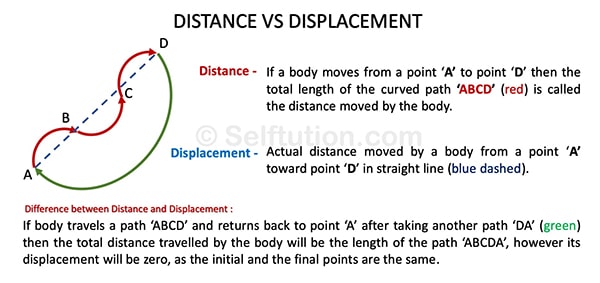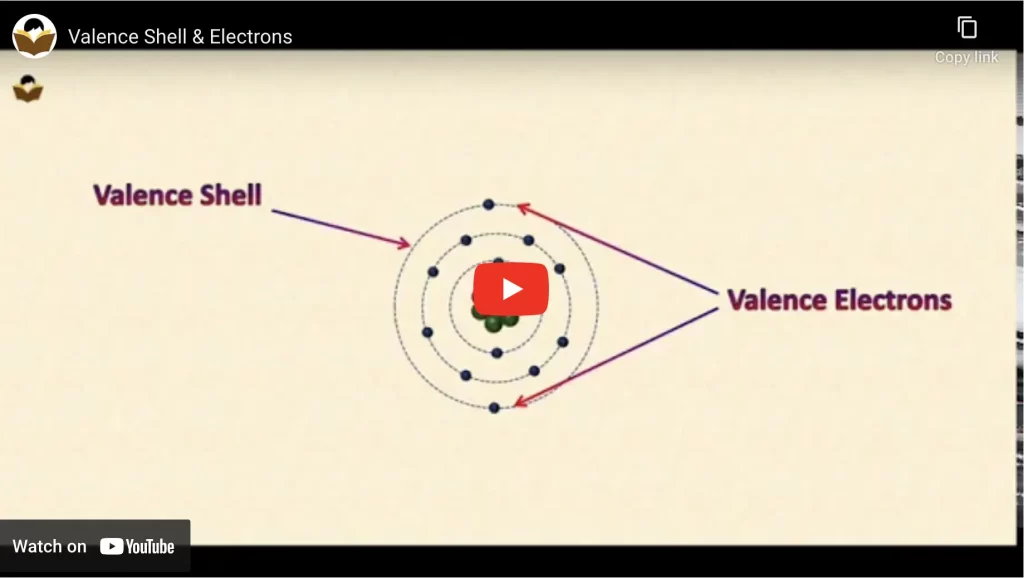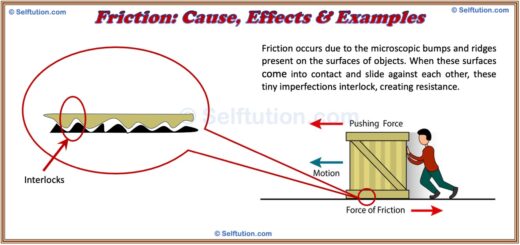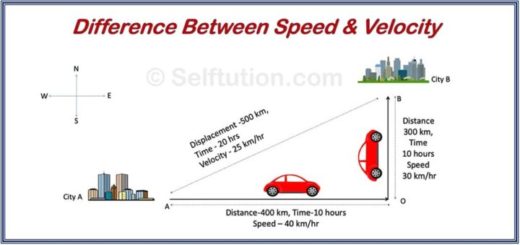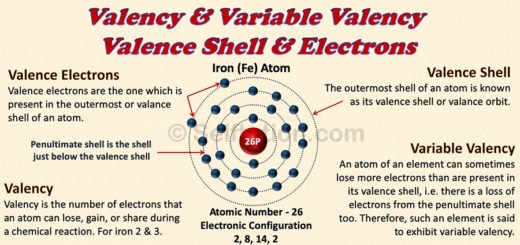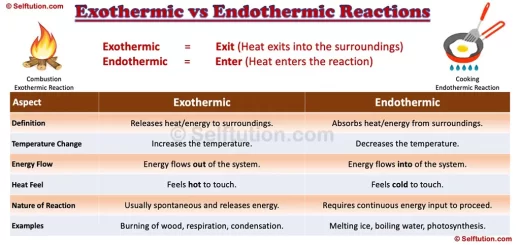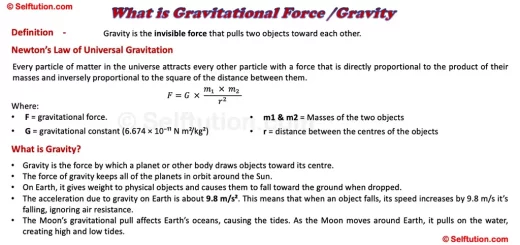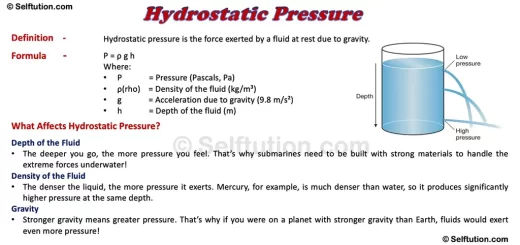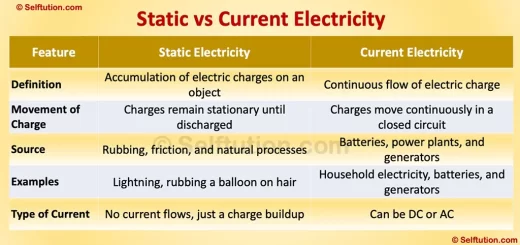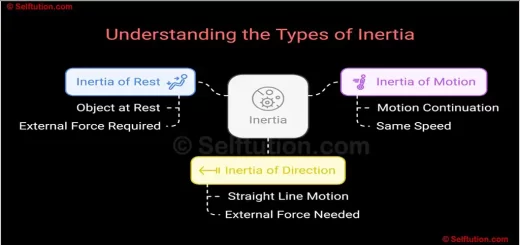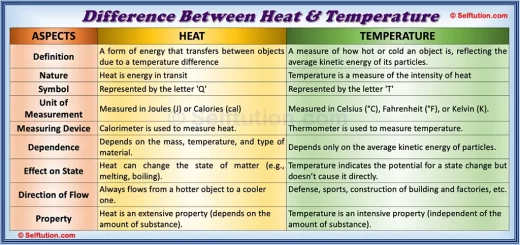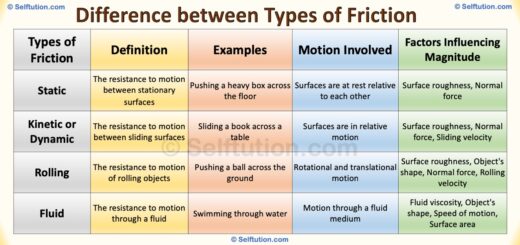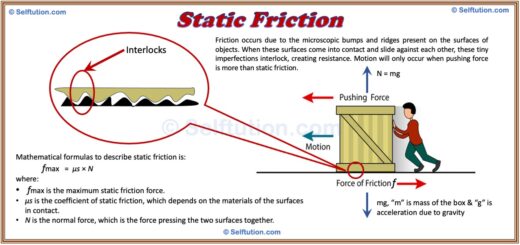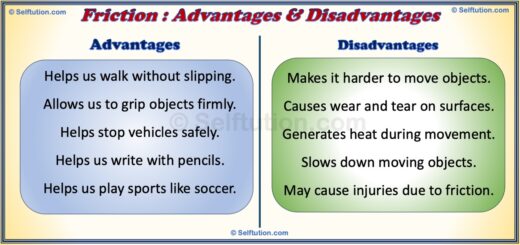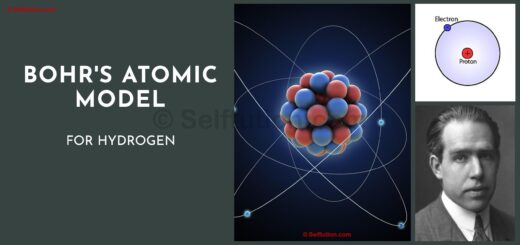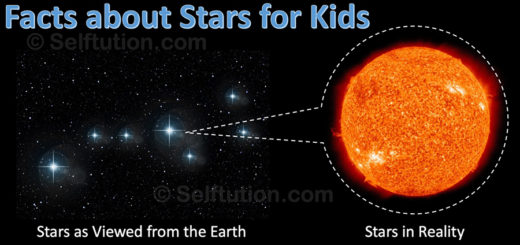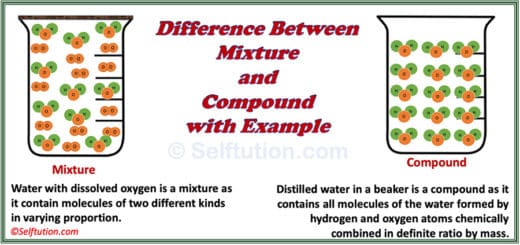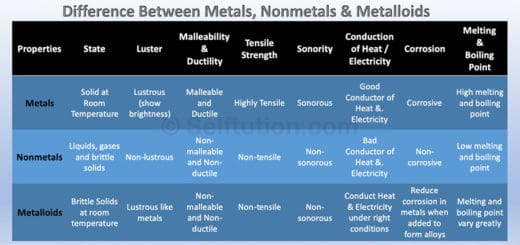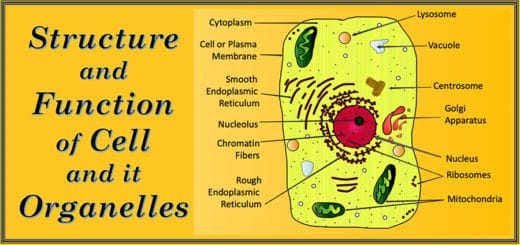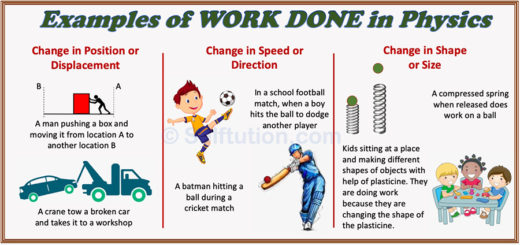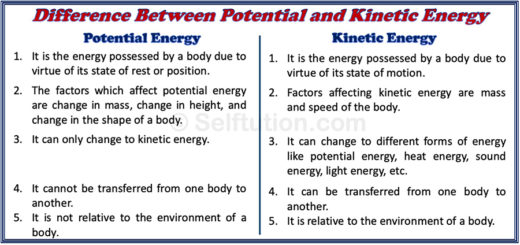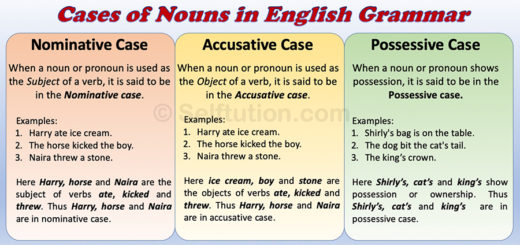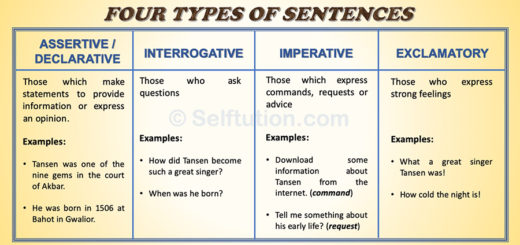Difference Between Distance and Displacement
Distance and displacement are two physical quantities related to the measurement of length. Children often use these terms interchangeably, but only a few understand the difference between them. Yes, you read that right—distance and displacement are not the same.
Distance refers to the total length of the path traveled by an object, whereas displacement is the shortest straight-line distance between the initial and final positions of the object.
Let’s delve deeper into the concepts of distance and displacement and explore the differences between them.
DISTANCE
Definition of distance –
Distance is the total length of a path through which a body moves. The distance traveled by a body depends on the path followed by the body.
Distance is a scalar quantity, thus it does not depend on the direction in which a body moves. We represent the distance by the letter ‘S‘. SI unit of distance is meter, (m). Therefore, we need the following two parameters to express distance completely – unit in meters (m) and the numerical value of its magnitude.
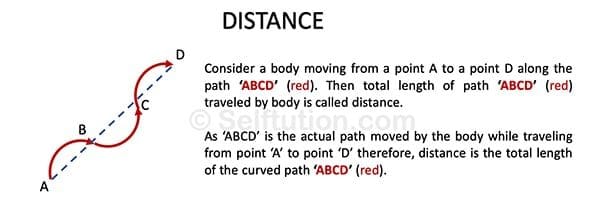
DISPLACEMENT
Definition of displacement –
Displacement is the shortest distance from the initial to the final position of the body. The length between the two points is the magnitude of displacement and its direction is from the initial position to the final position.
Displacement is a vector quantity, thus it depends on the direction in which a body moves. We represent displacement with the bold letter ‘S‘. SI unit of distance is also meter, (m).
Representation of Displacement –
The displacement is a vector represented by a straight line with an arrow. The tip of the arrow on the straight line represents the direction of displacement, while the length of the straight line on a proper scale represents its magnitude. Therefore, we need the following three parameters to express displacement completely – unit in meters, the numerical value of its magnitude, and the direction in which a body moves.
THREE IMPORTANT DIFFERENCES BETWEEN DISTANCE AND DISPLACEMENT
The magnitude of displacement is either equal to or less than the distance
If a motion is in a straight line along a fixed direction, the magnitude of distance and displacement is equal to that of distance. Whereas, if motion is along a curve or any zig-zag path, the magnitude of displacement is always less than that of distance. The magnitude of displacement can never be greater than the distance traveled by the body.
The distance is always positive whereas displacement can be both negative as well positive
The distance is the length of the path traveled by a body so it is always positive. On the other hand, displacement is the shortest length in the direction from the initial to the final position. So, it can be positive as well as negative depending on its direction.
The displacement can be zero even if the distance is not zero
If a body, after traveling comes back to its starting point then its displacement is zero, but its distance is not zero. For example – the motion of a stone thrown vertically upward and the circular motion of a body. In both cases, the body returns to its initial position after traveling a certain distance.
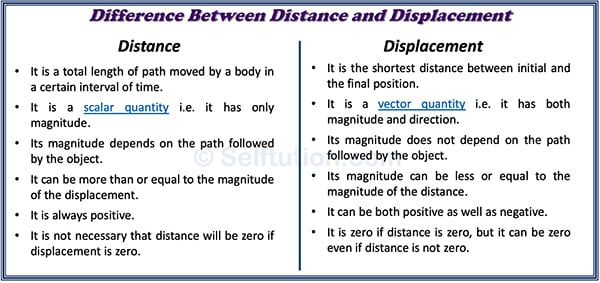
Difference between distance and displacement
For more such information, please visit our YouTube channel SELFTUTION
